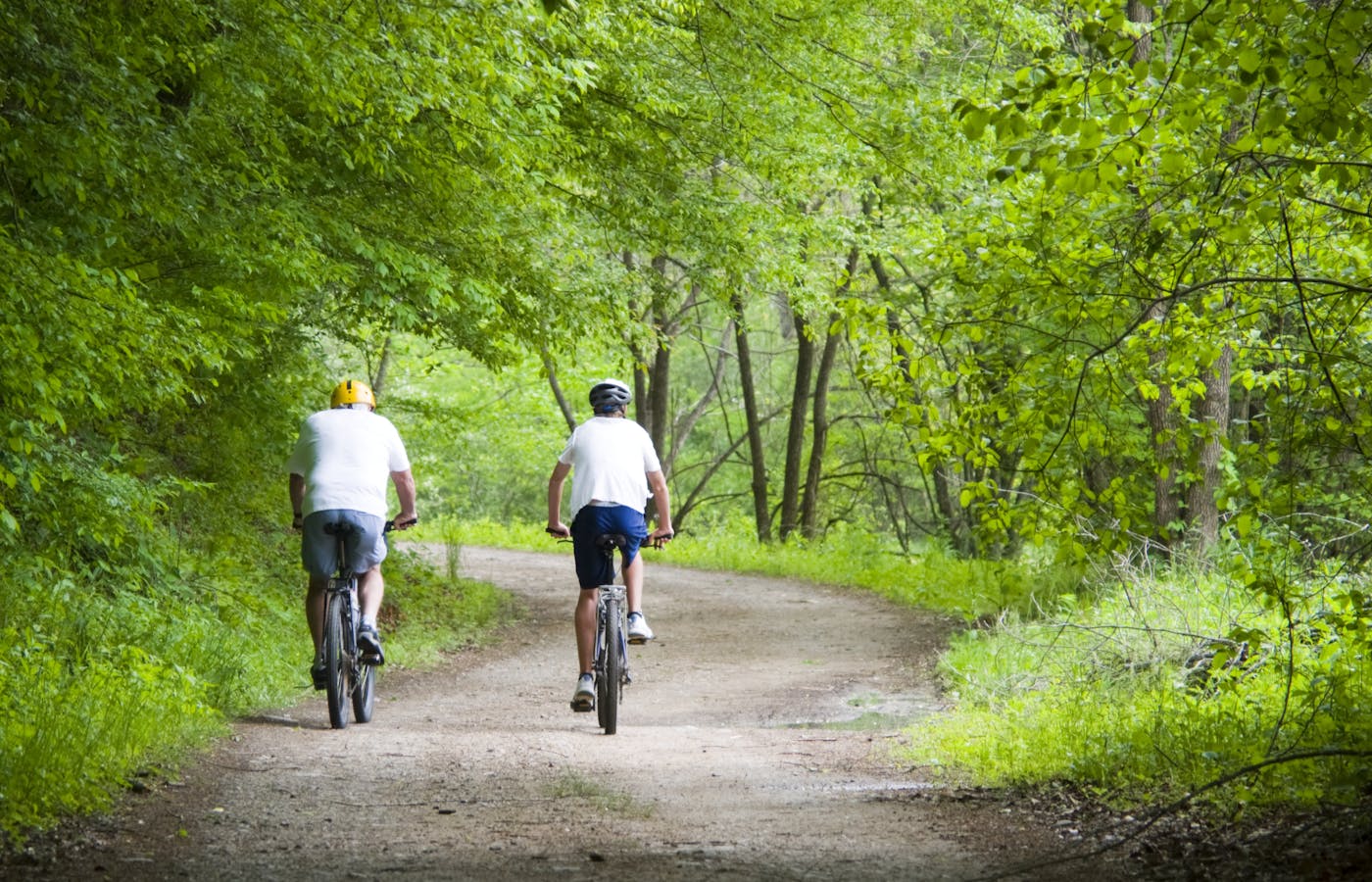New Florida Bill Expands Access and Funding for Multi-Use Trails
By: Rachel Fussell, eMTB policy + program manager

Senate Bill 106 will expand access to Florida’s iconic Wildlife Corridor and fund the design, planning, and construction of trails connecting the Corridor to other trail networks.
Florida may be known as the “Sunshine State” but after Senate Bill 106 was signed into law on April 11, the state is well on its way to adding “trails” to its nickname.
Championed by Senator Jason Brodeur and passed unanimously in both chambers of the state legislature, the new bill will expand access to Florida’s iconic Wildlife Corridor and fund the design, planning, and construction of trails connecting the Corridor to the Florida Greenways and Trails System and the Shared-Use Nonmotorized (SUN) Trail Network. The new trails will create an interconnected, multi-use network for bicyclists and pedestrians to connect with nature and explore the state by bike or foot.
PeopleForBikes believes ensuring more access and funding for active transportation and recreational trails prioritizes and positions bicycles as a solution to improve everyone’s health, connect communities, boost local and state economies, and protect our planet.
The legislation includes a one-time allocation of $200 million to formally plan, design, and build the SUN Trail Network connection to the Wildlife Corridor. The bill also increases the annual allocation from $25 million to $50 million to continue funding the maintenance and construction of SUN Trail connectors and shared-use nonmotorized trails.
“This funding will help grow the statewide network of trails and close key gaps to connect more communities in the Sunshine State — helping everyone, everywhere, have access to safe, nonmotorized pathways to walk, bike, or simply get out and enjoy the outdoors,” says Ken Bryan, the Florida director at Rails-to-Trails Conservancy.
The Florida SUN Trail Program was created in 2015 to support the establishment of a statewide system of interconnected multi-use trails for bicyclists and pedestrians through coordination between the Florida Department of Environmental Protection (FDEP) and the Florida Department of Transportation (FDOT).
Florida’s Wildlife Corridor encompasses approximately 17.7 million acres, including nearly 10 million acres of conservation lands. The Wildlife Corridor was created through the state’s purchase of development rights from farmers, ranchers, and other landowners who will be able to continue their operations in perpetuity while allowing the lands to never be developed.
The legislation also codifies an existing FDEP campaign to recognize communities located along or in proximity to long-distance nonmotorized recreational trails as “Trail Towns,” with guidance for promoting trail-based tourism at the state level.
Additionally, the bill requires trail projects located within the Wildlife Corridor to use previously disturbed lands (abandoned roads and railroads, utility right-of-ways, canal corridors, etc.) to the greatest extent possible. The bill also seeks to minimize gaps between trail segments and ensure local support exists for all projects and trail segments.
For more information on the bill and others like it, please contact PeopleForBikes’ eMTB policy and program manager Rachel Fussell at rachel@peopleforbikes.org.
Related Topics:
